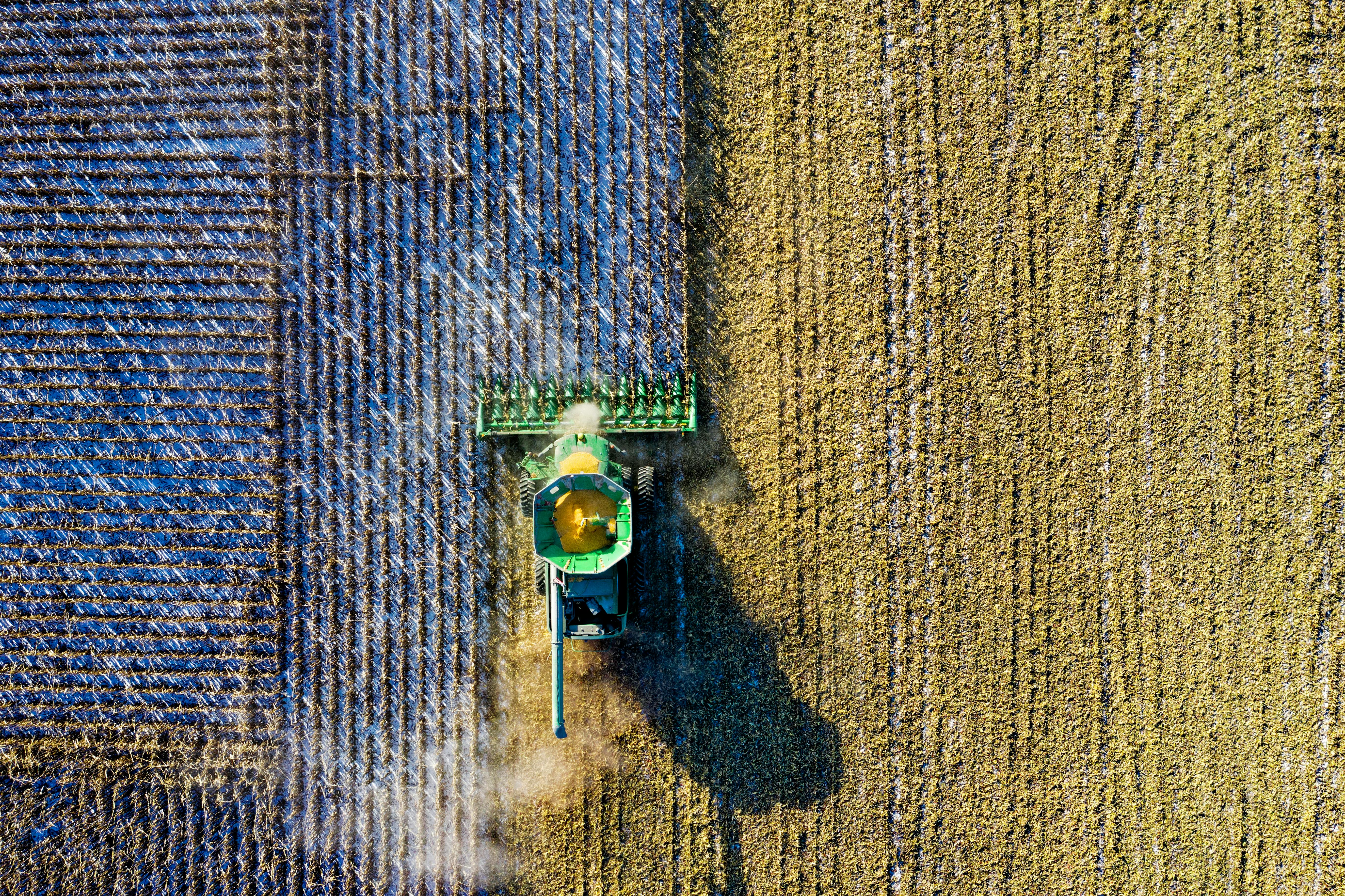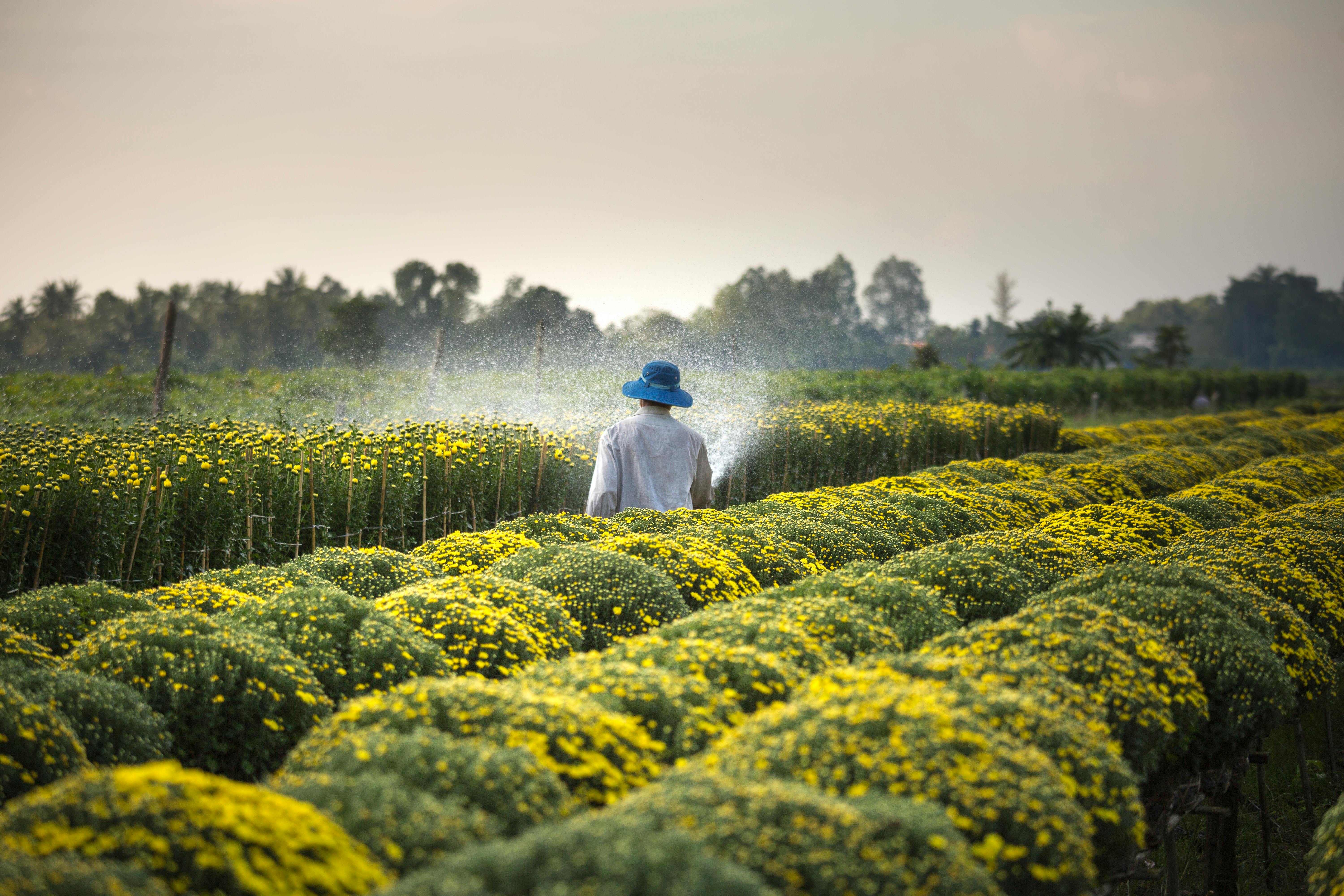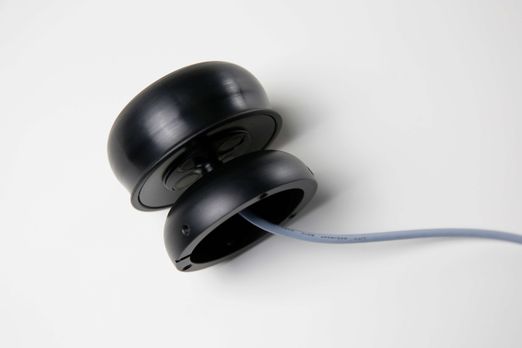Every farmer knows that weather can make or break a growing season. While rain and sunshine are often the focus, wind plays an equally crucial role.
Anemometers provide vital wind data that can help farmers fine-tune their strategies for crop management and irrigation.
Here’s why measuring wind is a game-changer for modern agriculture.
1. Precision in Pesticide and Fertilizer Application
Imagine spraying your fields with pesticides or fertilizers, only to have half of it blown away by the wind. Not only is this wasteful, but it also means some parts of your crops aren’t getting the protection or nutrients they need. Anemometers help solve this problem by giving you real-time wind data.
By knowing the exact wind speed and direction, you can choose the best times to spray, ensuring even coverage and reducing waste. This not only saves money but also helps in keeping your crops healthy and yields high.

2. Protecting Crops from Wind Damage
Wind can be brutal on crops, especially young and delicate plants. High winds can break stems, uproot plants, and cause soil erosion, all of which can severely impact crop yields.
With an anemometer, you can monitor wind conditions and take proactive measures to protect your crops.
Setting up windbreaks like trees or fences in strategic locations based on wind data can shield your crops from damaging gusts.
Additionally, temporary protective structures can be deployed during extreme wind events to minimize damage and keep your plants safe.
3. Smarter Irrigation Management
Water is a precious resource, especially in agriculture. Sprinkler systems are great for irrigating crops, but wind can cause the water to drift, leading to uneven watering and wasted water.
Anemometers provide the data needed to schedule irrigation when wind speeds are low, ensuring that water reaches its intended destination.
By optimizing irrigation times, farmers can conserve water, reduce evaporation losses, and ensure their crops get the moisture they need to thrive.
4. Ensuring Livestock Welfare
It’s not just crops that are affected by wind; livestock can also be impacted. Strong winds can cause stress and discomfort for animals, while wind chill can lower effective temperatures, increasing the risk of hypothermia in colder climates.
By using anemometers, farmers can monitor wind conditions and take steps to protect their animals.
Providing windbreaks and shelters helps reduce wind exposure, keeping livestock comfortable and healthy. Additionally, monitoring wind chill factors allows farmers to make necessary adjustments, such as providing extra bedding or adjusting feeding schedules to ensure their animals are well cared for.

